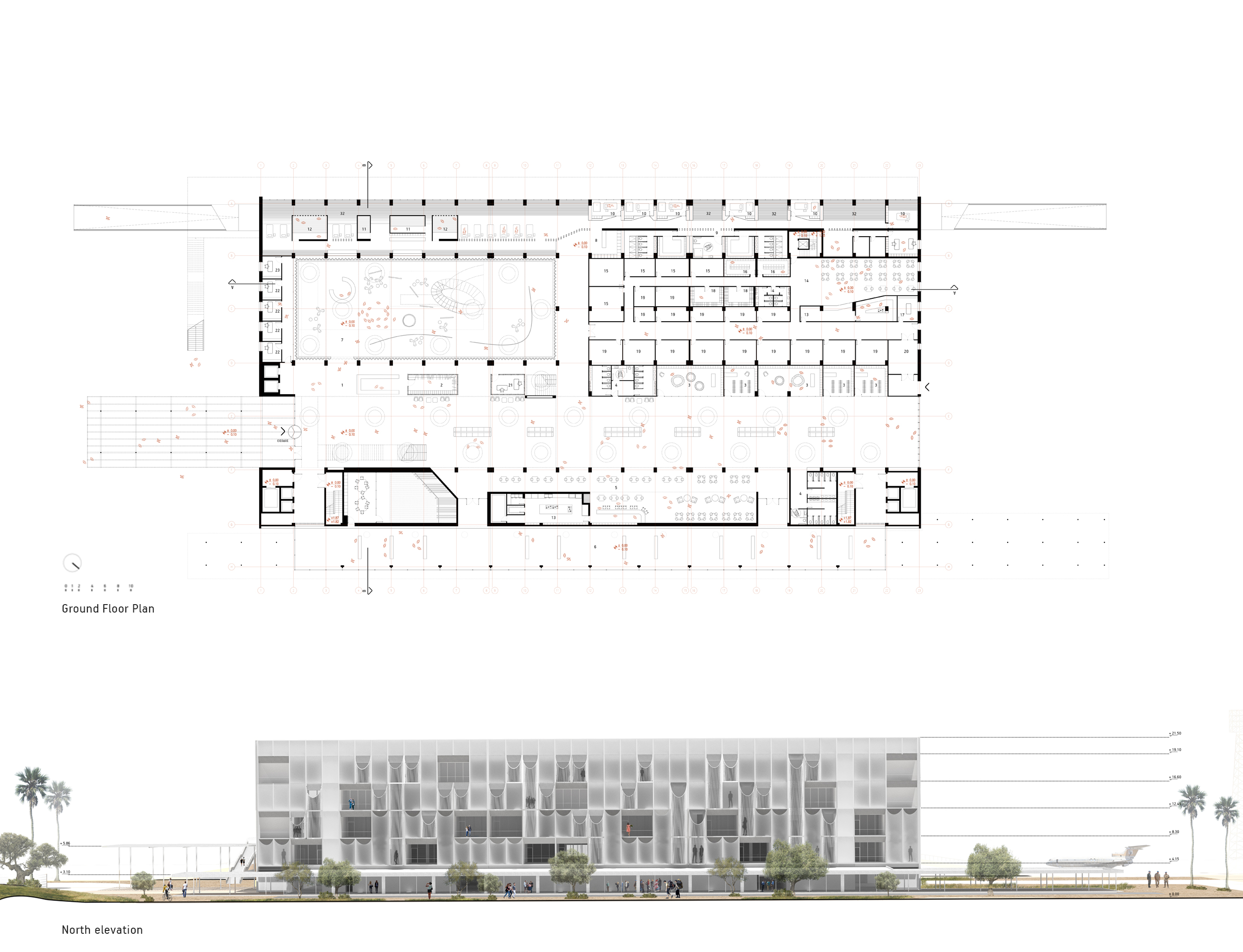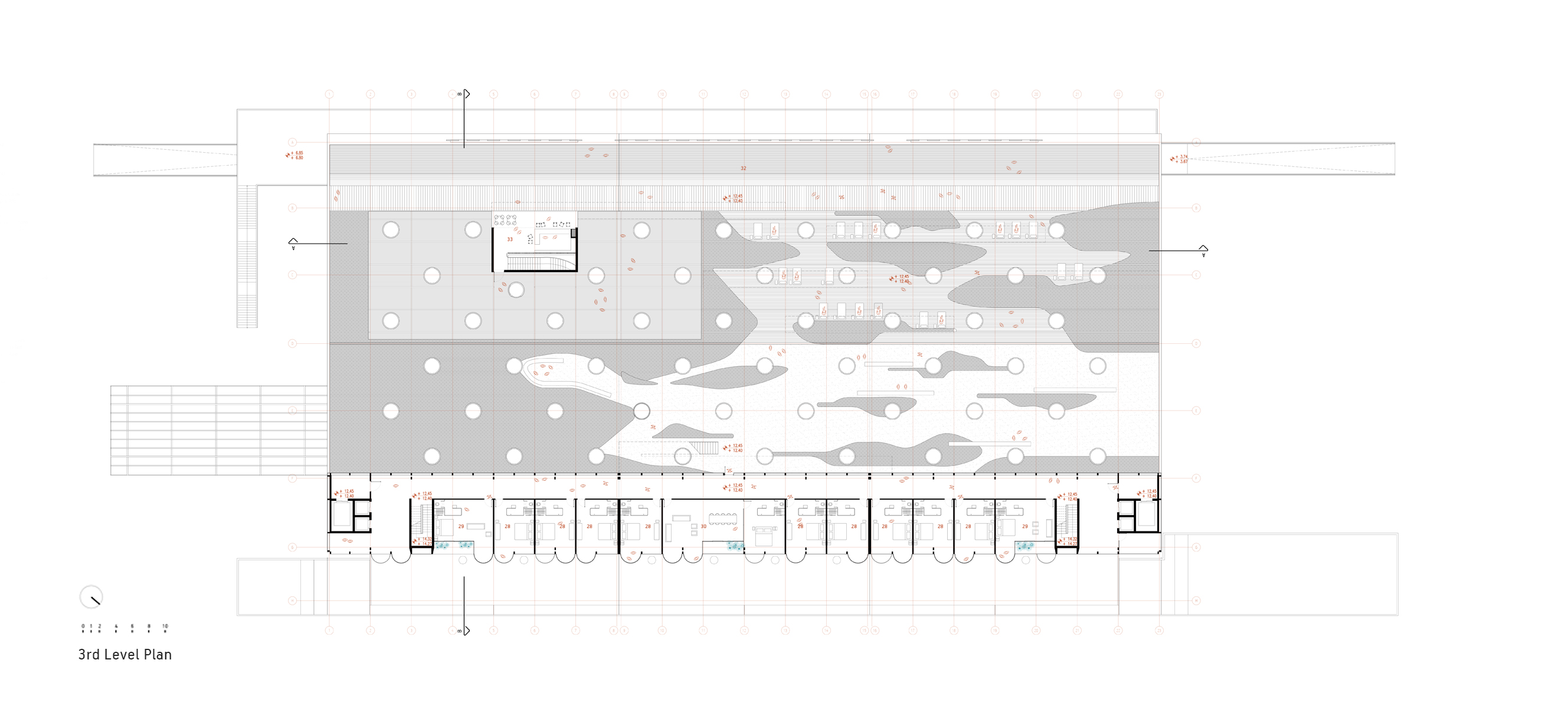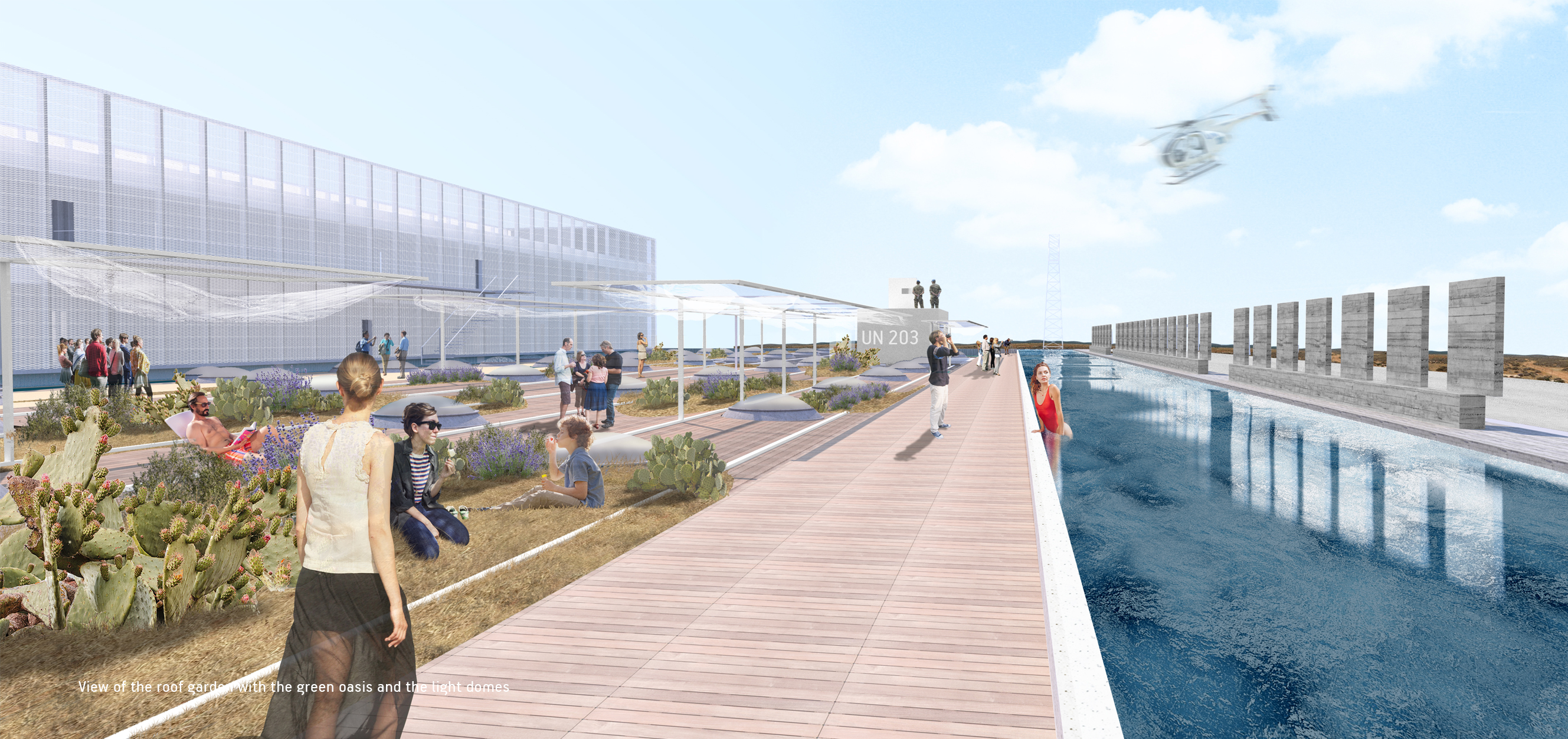This diploma thesis is concerned with the recovery of Cyprus Buffer Zone, an area being neglected the last 50 years. The Buffer Zone today consists a natural landscape and a landscape of memory. The ultimate objective of the project is to design an itinerary in the Buffer Zone, a traveling route crossing the island.
The Buffer Zone is expressed as a social and geographical limit dividing the north from the south part of the island. As a territory belongs to the Cypriot government but it is under the control of the United Nations and it is defined by the sequence of United Nations observation posts. The absence of human activity is visible. Beyond the neglected towns and villages, nature has taken part. Usually the Buffer Zone is conceived as a consistent homogenous place. Instead, a range of natural landscapes differing in colors, textures and content form its area.
This natural variety is not a coincidence. It was gradually developed with the passage of time reflecting on Buffer Zone’s current condition the evolution of natural landscape and the human impact on it. The Buffer zone is situated in the valley of Mesaoria, between the mountains Troodos and Pentadaktylos. During the Miocene, Mesaoria was submerged under the sea due to the corrosion and fouling of the mountains’ matter. Later the valley, which today consists the driest place in the island, evolved into a forested area. According to Eratosthenis, Cyprus was then known as “The forested island”. The next period was characterized by the urbanization of the valley and the appearing of settlements. During 2000 B.C. the power requirements of copper industry led to the gradual harvesting of forests and the loss of a significant green oasis. Mesaoria transformed into the grain basket of the island and a place of journeys, since caravans with animals were transporting goods and food in the coasts. The arrival of the machines, trains and airplanes, transformed the image of the fields with the construction of roads and airports.
These historical periods defined the character and the evolution of the island and they were reflected as traces in a sequence into the zone. The atmosphere of this place could be better conceived after the words of Dimitris Filippidis: “The biggest sense of fear could be felt in the green line. There you could find yourself floating in history.” This is a fact since someone could perceive the whole history of the creation of the island condensed into a single line.
Perceiving the Buffer Zone as place were history is unveiled, an interim space and a place of transitions, I propose the creation of an itinerary, a traveling route articulated on the imaginary line defined by the points were the United Nations observation posts are standing. Τhe observation posts are the protagonists in this venture. After a series of moderate interventions, they are transformed from points of control, to social condensers. Among them, Nicosia International Airport plays a predominant role and is being redesigned as the hotel and the origin of the Buffer Zone route. Once upon a time the airport was the gate for somebody to make a journey in the world. In this project is transformed as a gate to make an experiential journey in time.
The concept of the limit, its fluidity and its ability to create mystery is being further researched through the redesign of the stations of the itinerary. Buffer Zone consists an unfolding limit with intensive variations. This limit is fluid, it folds, it thickens and dilutes. Yet it is still invulnerable. The idea of “unfolding” decodes the Buffer Zone limit and becomes a compositional tool for the design. A new three-dimensional façade, encloses like a “veil” the observation posts, signifying this way history and the secret aspects of an unapproachable land.
The Observation Posts (OPs):
The interventions and spatial transformations of the observation posts contribute to the formation of character and atmosphere for the itinerary. The observation post consists a small room sitting upon anything provides it with the advantage of height and view. As a result, plenty of the United Nations’ observation posts portray morphological differences. The interpretation of these differences led to the discrimination of three observation post types: the ridges, the structures and the towers. These three types stood as an opportunity for the development of different compositional manipulations.
The Airport:
Considering the building’s spatial organization, I propose the distribution of the new functions in three main units: the guests’ rooms, the lobby, and the green room. Lobby as a transitional and flow space, has the form of an extended passage welcoming guests to the hotel and to the starting point of the route. The guests’ room unit is sculpted as a veiled box. Its north elevation is deployed as a system of curved transparent surfaces hiding the guests’ private activities. Much more like a veil, it is rhythmically unfolding on the building’s surface. Finally, green room consists the heart of the hotel and the gate to the Buffer Zone route. The veil there is transformed to create unique experiences for the guests. A double skinned transparent façade, made of wavy, polyester sheets reacts with the natural light and encloses the information center, the United Nations’ offices and the restaurant. A spiral stair under the light domes of the roof leads to the roof garden and the observation post of the airport.
Buffer Zone has been for a long time the common place of rapprochement and reconciliation. It is the house of many discussions and negotiations between the two communities of the island who struggle to achieve a national osmosis. The different natural landscapes of the Buffer Zone could constitute the active space of these dialogs and opportunities. The Buffer Zone route could form a backbone to enrich the content of these dialogs.

















